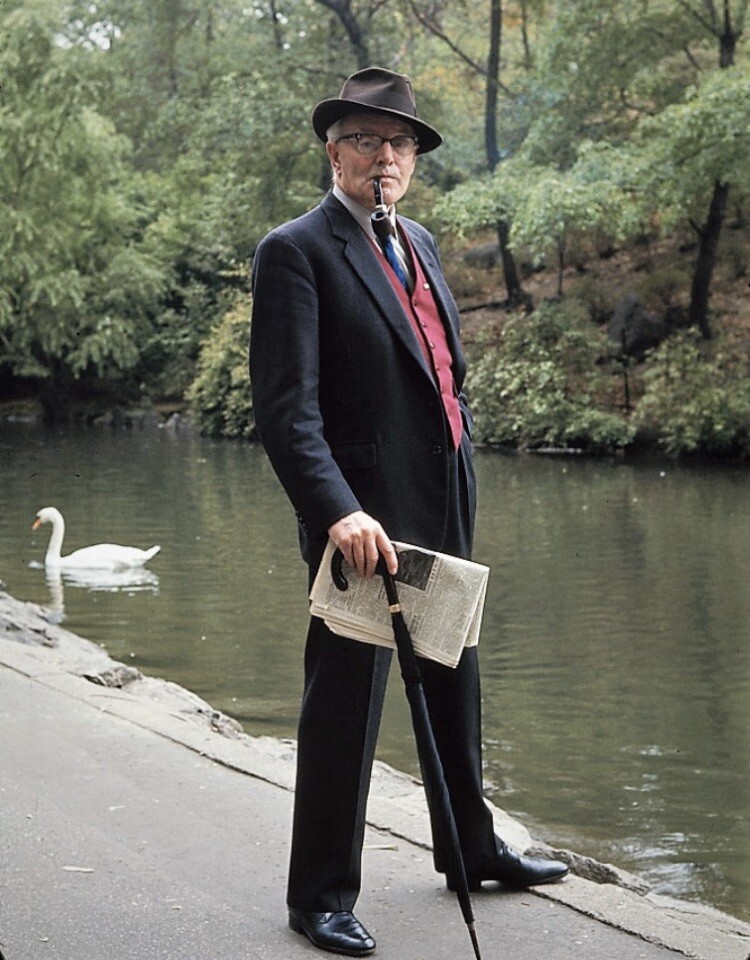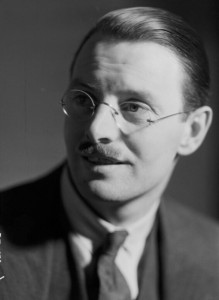 Sean O' Faolain in 1964
Sean O' Faolain in 1964
Trattoria at Porto d’Ischia
Posted on Wed 23rd April, 2025 by Elizabeth David Matters – editorial team
In 1953, one year before Elizabeth David published ‘Italian Food’, the Irish writer and novelist Sean 0′ Faolain was travelling in Sicily and wrote this account of his experience of a long-established trattoria in his book ‘South to Sicily’.
His experience reflects, one suspects, Elizabeth David’s own delight at good Italian cooking.
‘When one has done one’s first, all too hasty wandering about Italy, gobbling it greedily, feeling that one must see this thing and that thing, fearing that one may never get the chance again, the time comes to settle down for a while and dig deeper into some local life which will ever after be one’s foot-rule for all Italian life. Now that I have, after a fashion, roughly explored most of the peninsula, and begin to think that if there is a next time I shall want to choose one region and stay firmly there, I hover between Ischia and some small place in Apulia, Calabria or Sicily. I know where it would be in Sicily – in Siracusa. As for Calabria, it is all so fiercely wild, and its small places so comparatively comfortless that to stay in any one of them, lost in the mountains, would be true exile and utter hermitage and I know I will never do it. Apulia is easier – any one of its busy little villages along the coast between Barletta and Otranto would do, except that hideous place Brindisi, and I think Otranto is the most appealing of them all, away down on the heel, blessed by a fine beach, quite unspoiled, looking across the sun-whitened sea at what may be a cloud on the horizon or the mountains of Albania. But, since these places involve a long journey, I think I will probably choose Ischia; and in Ischia, either Casamicciola or Forio, villages large and lively enough for adequate comfort and some companionship. Lacco Ameno would do very well, midway between both, carved out of sugar, blinding at high noon. Sant’ Angelo is prettier, but tiny.
If the Pirozzi sisters were still in Ischia – not Porto d’ Ischia – I should be drawn to their trattoria by their cooking. They have been famous for forty-five years. Old Baedekers and their Guest Book and their memories tell us so, and their table tells us why. I turn over the pages of the visitors’ book, and come on this entry: “Whoever comes to Ischia should be put up at this place and nowhere else. My experience of the island dates from over thirty years ago. Norman Douglas. Author of South Wind, etc. 16th September, ’35.” Also: “If I come to Ischia again I will always stay with the dear sisters Pirozzi. G. Orioli. Author of Moving Along. 16th September, 1935.” Pietro Badoglio praises them: Pierre Rothschild, 5th Baron; 1944 Wrens and boys of the Royal Navy. There is a signed picture of Maria José de Braganza.
My only introduction to them was a copy of the American travel magazine, Holiday, containing an article about their cooking by Ludwig Bemelmans. I was doubtful about showing it. Bemelman’s drawings of their trattoria and of the two kind, smiling, black-dressed dumpy souls suggested remote Mexico or an Indian reservation. But they had it already together with a typed translation and were delighted.
We ordered dinner for the following evening. On arriving we found that they had meanwhile been poring over Holiday, and had noticed in it an article by Frank O’ Connor, which included a photograph of myself and a photograph of the President of the Irish Republic, Mr Sean T. O’ Kelly. Two Seans must be related, they decided, and welcomed me as the brother of the President, and completed my embarrassment by telling me that the dinner would be in my honour and that there would be no question of payment, and nothing we could say about it would change their minds. All we could do was to return the following day with a great armful of creamy-pink gladioli, feeling, as we drove down to Porto d’ Ischia in a carozza, like a couple on their way to lay a tribute in the cemetery to vanished belézza and superbia.
It was a magnificent dinner: parmigiana di melanzane, which is a scarlet dish of melanzane, parmesan cheese, eggs, tomatoes, I think some mozzarella in a special sauce. Then came the fish called dentice with fagiolini and potatoes. Then, Zuppa Inglese and coffee. Everybody knows the sweet called in Italian Zuppa Inglese, in French Soupe Anglaise, and in English Trifle, but to know the transmogrification that can overtake English trifle in its voyage to Italy one must be sure to test the miracle with a well-made Zuppa. It is not easy. The true Zuppa Inglese leads one to its distinctive pleasures layer by layer: a tender crown of white-of-egg meringue bearing black cherries, leading to strata of rum-flavoured fruit, cream, sponge, an experience of Strega over a different fruit supported by more cream, and an experience of Kirsch on a base of panetino d’ Espagna. If one orders Zuppa Inglese in any ordinary ristorante one may be unlucky enough to get something no better than the mess of left-overs sunk in custard which one girls’ school I know has well named “Resurrection Puddin’.” Not all Italians can cook.
‘South to Sicily’
Sean O’ Faolain



